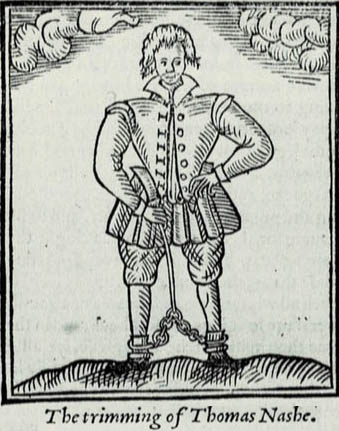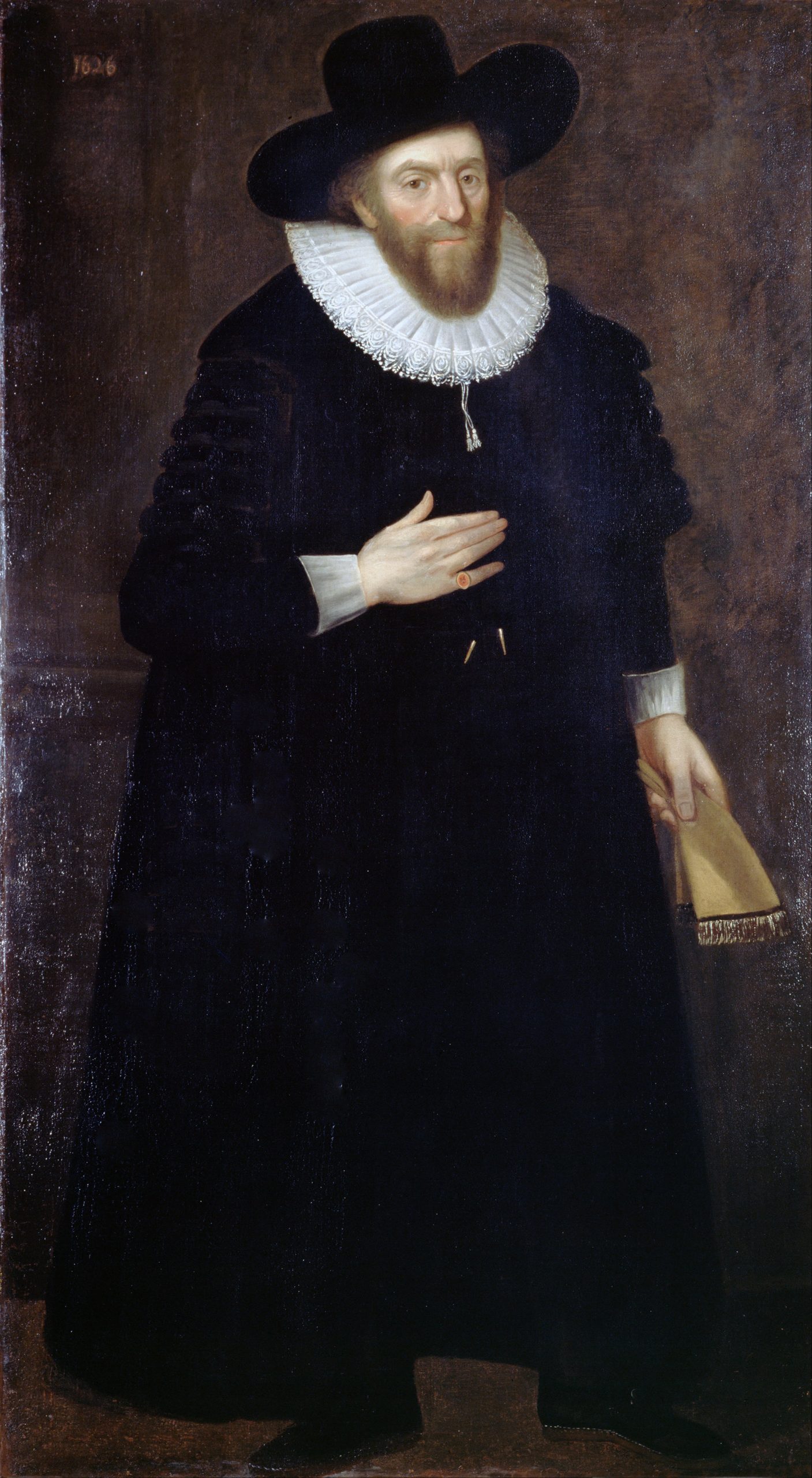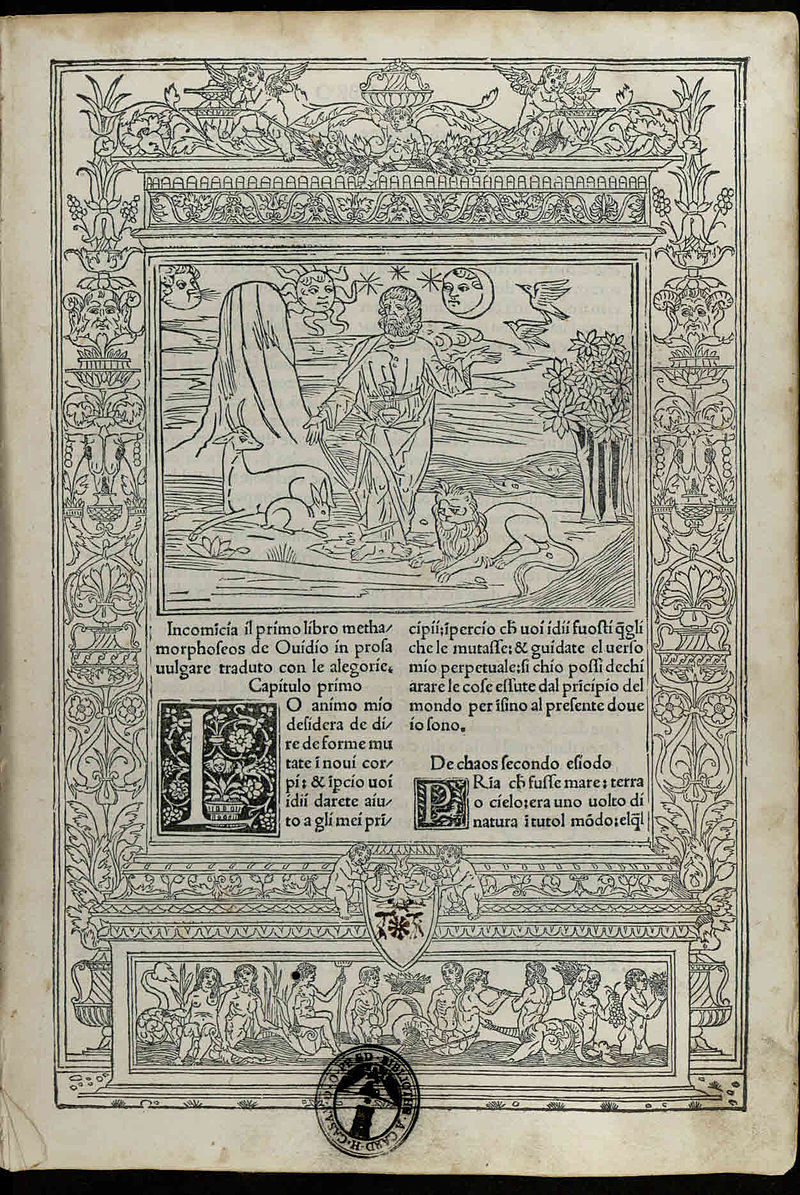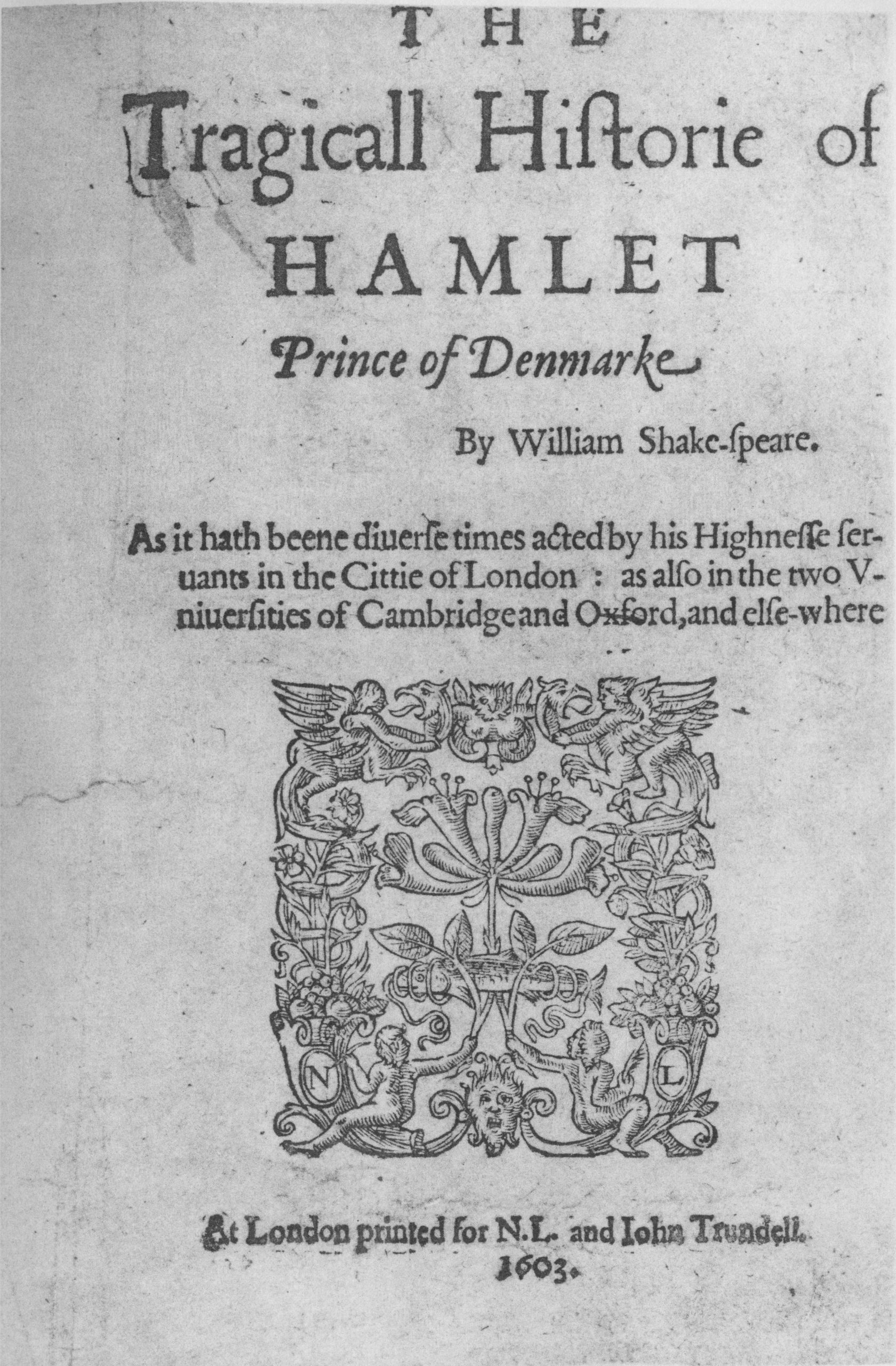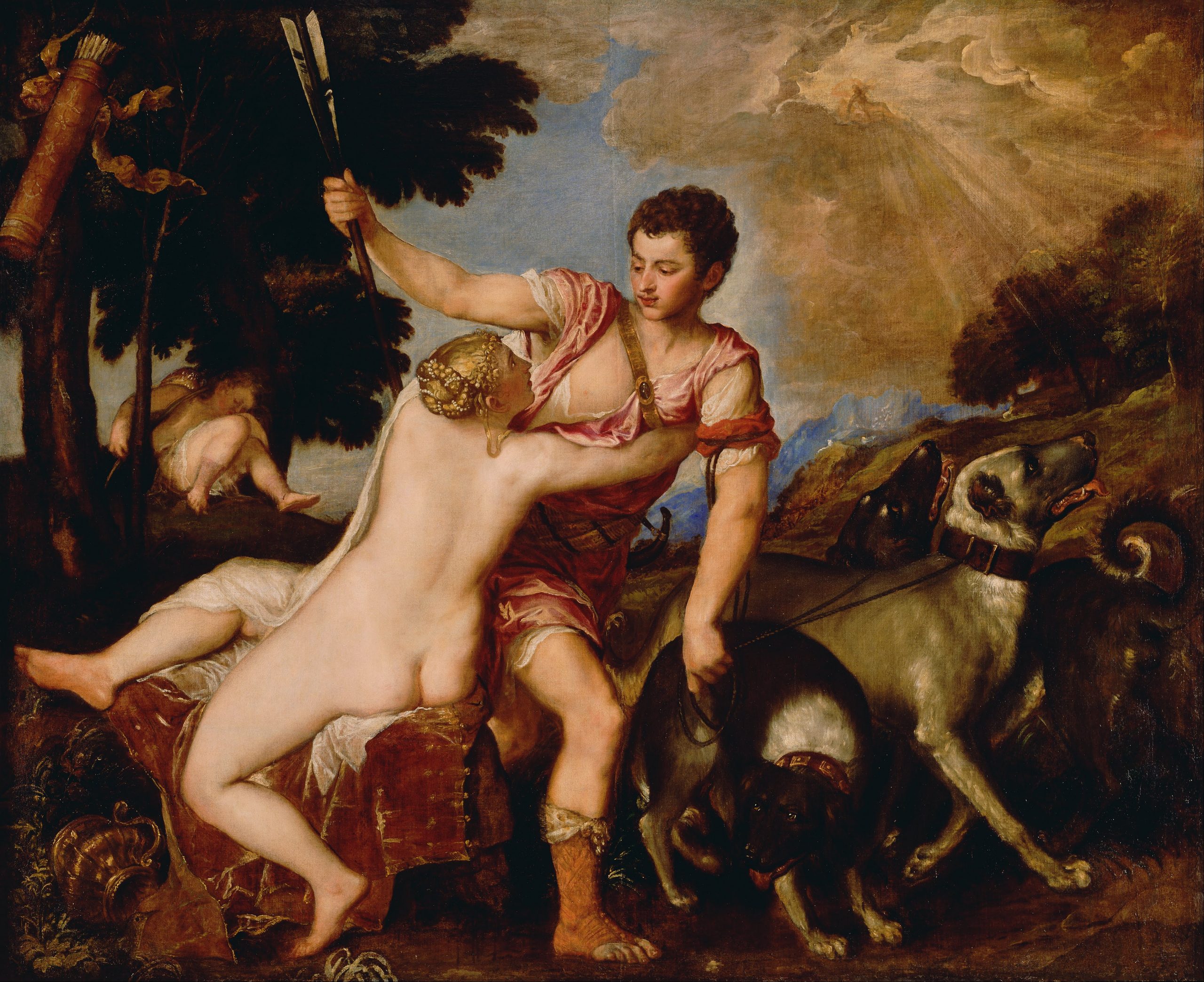Notes :
(1) Lamberto Tassinari, John Florio, The Man who was Shakespeare, Montréal, Giano Books, 2009 (back to text1)
(2) I will use the spelling “Shackspere” to refer to the actor and usurer from Stratford-upon- Avon and the spelling “Shakespeare” for the literary pen-name under which we have come to know the extraordinary body of work attributed to the former. (back to text2)
(3) Lamberto Tassinari, Shakespeare? È il nome d’arte di John Florio, Montréal ( ?), 2008 (back to text3)
(4) Daniel Bougnoux, Shakespeare, Le Choix du spectre, Bruxelles / Paris ( ?), Les Impressions Nouvelles, 2016 (back to text4)
(5) Bougnoux, op. cit., chapter XIII « Sous la roue du mensonge », pp. 163-182 (back to text5)
(6) Diana Price, Shakespeare’s Unorthodox Biography, New Evidence of an Authorship Problem, Wesport (CT), Greenwood Press, 2001 (Reprinted by shakespeare-authorship.com in 2012) (back to text6)
(7) I used an online edition : http://www.oxford-shakespeare.com/Nashe/Preface_Greenes_Menaphon.pdf ; modern spelling edition copyright Nina Green 1999, 2001 (back to text7)
(8) Giulia Harding, “John Florio – Was he Shakespeare’s first and most important collaborator?,” www.shakespeareandflorio.net, December 31, 2015 (back to text8)
(9) Harding, p. 1 (back to text9)
(10) The adjective “Arcadian” hints at Sir Philip Sidney being the supreme literary model of a refined, aristocratic literature, even though his Arcadia, circulating in manuscript, had not appeared in print yet. (back to text10)
(11) Frances Yates, John Florio, The life of an Italian in Shakespeare’s England, Cambridge, C.U.P, 1934 (I used the 2010 paperback edition for reference), pp. 174-175 (back to text11)
(12) Yates, p.53 (back to text12)
(13) Yates, p.47 (Yates indicates that the manuscript is preserved in the British Museum under the reference Additional MSS. 15,214) (back to text13)
(14) Yates, p.53 (this is Yates’ translation from the Italian in which Florio wrote his dedication) (back to text14)
(15) Yates, p.55 (back to text15)
(16) John Florio, ‘To the Reader,’ Florio’s Second Frutes (London, 1591) (back to text16)
(17) Yates, pp.28-29 (back to text17)
(18) Yates, pp.36-37 (back to text18)
(19) Florio was apparently born in 1553 whereas Nashe was born in 1567 (back to text19)
(20) Meaning that Florio was not on the staff at Oxford, although he was a tutor (I got this from Harding’s already quoted article, p.8) (back to text20)
(21) Yates, p. 118 (back to text21)
(22) Harding, p.9 (back to text22)
(23) Yates, p. 79 (back to text23)
(24) Roscius was a famous Roman actor active about 70 B.C. (back to text24)
(25) Horace, Ars Poetica, l. 136-139 (back to text25)
(26) Stephen Greenblatt, Will in the World, How Shakespeare became Shakespeare, New York, Norton, 2005, p.202 (back to text26)
(27) Delphine Lemonnier-Texier, ‘notice sur l’auteur’, George Peele, in Théâtre Elisabéthain, Paris, Gallimard, La Pléiade, p.1614 (back to text27)
(28) François Laroque, Dictionnaire amoureux de Shakespeare, Paris, Plon, 2016, p.687 (back to text28)
(29) Sir Brian Vickers, Shakespeare, Co-Author, Oxford, OUP, 2004 (back to text29)
(30) Léonne Teyssandier, introduction to Titus Andronicus, in Œuvres Complètes de William Shakespeare (Edition bilingue), Paris, Robert Laffont (coll. Bouquins), 2002, p.362 (back to text30)
(31) Teyssandier, p.362 (back to text31)
(32) Teyssandier, p.362 (back to text32)
(33) I got this from Margrethe Jolly, The First Two Quartos of Hamlet, A New View of the Origins and Relationships of the Texts, Jefferson (North Carolina), Mc Farland and Company, 2014 (back to text33)
(34) Greenblatt, p.157 (back to text34)
(35) David Riggs, The World of Christopher Marlowe, London, Faber & Faber, 2004, p.200 (back to text35)
(36) Charles Nicholl, Shakespeare and his Contemporaries, London, National Portrait Gallery, 2005, (2015 reprint), p.61 (back to text36)
(37) Thomas Nashe, Pierce Penniless (London, 1592), in The Unfortunate Traveller and Other Works, London, Penguin, 1972 (I used the 1985 Penguin Classics reprint), p.116 (back to text37)
(38) Nashe, p.112-114 (back to text38)


